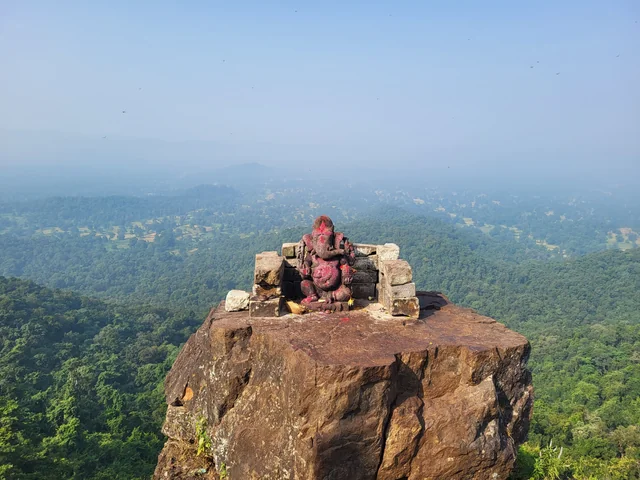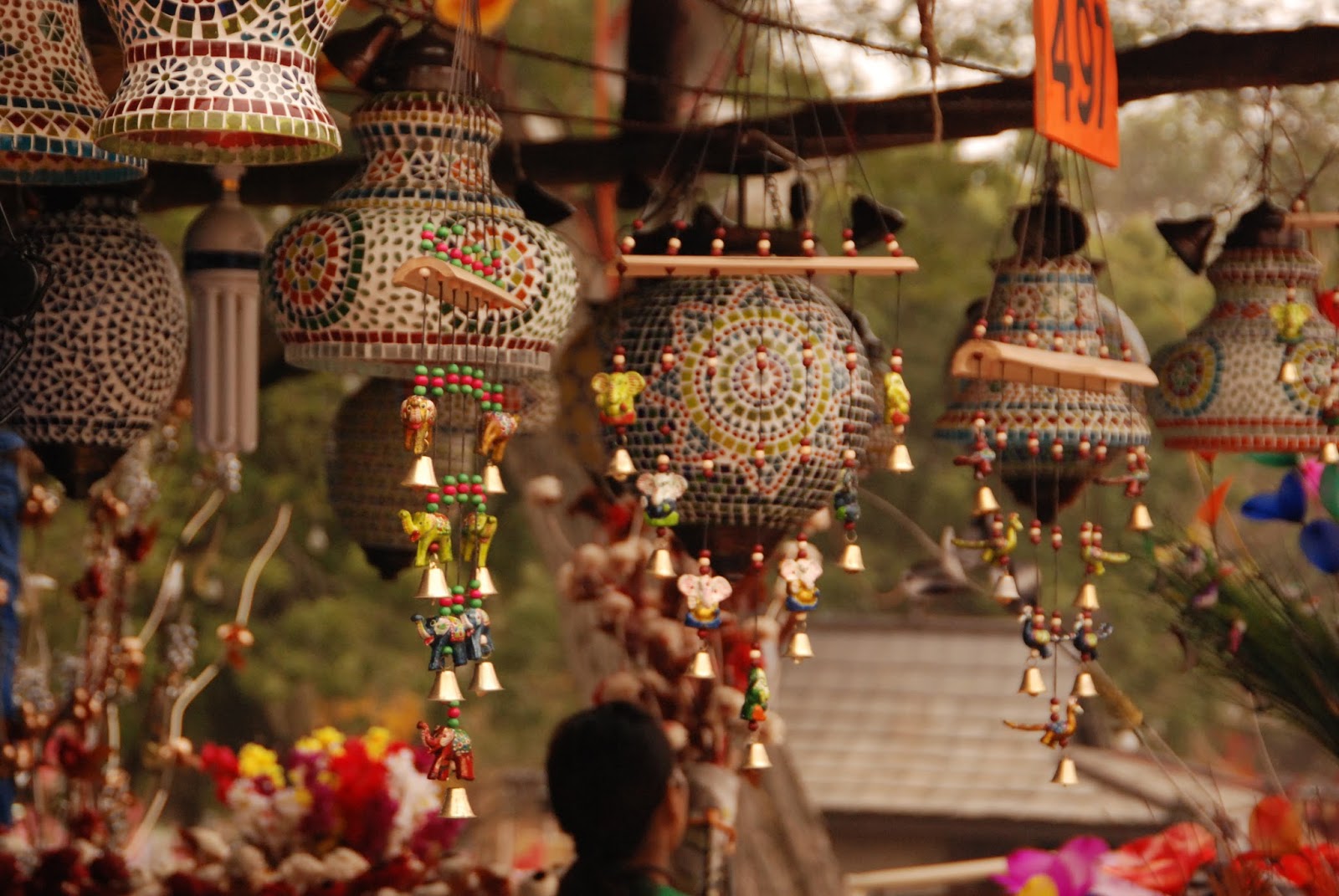
Chhattisgarh is a state located in central India, known for its rich cultural heritage, natural beauty, and historical significance. It was formed on November 1, 2000, after being carved out of Madhya Pradesh, making it one of the youngest states in India. Its name, “Chhattisgarh,” is derived from the Chhattis (36) forts, which were historically present in the region. The state’s capital is Raipur.
Chhattisgarh is rich in resources and natural beauty, with dense forests, rivers, and diverse flora and fauna. It is home to several indigenous tribes and has a vibrant cultural and social fabric. The state plays a crucial role in India’s industrial and mining sectors due to its wealth of minerals, including coal, iron ore, and bauxite.
Historical Facts of Chhattisgarh
Ancient Period:
- The history of Chhattisgarh dates back to ancient India. It was part of the Mauryan Empire in the 3rd century BCE. The region has evidence of ancient civilizations, including rock inscriptions from the Ashoka period.
- The area was later part of the Gupta Empire during the 4th to 6th centuries CE. It has references in the writings of the famous Chinese traveler Xuanzang.
Medieval Period:
- During the medieval period, Chhattisgarh was ruled by various dynasties, including the Kalachuris (10th-12th centuries) and the Gonds. The Gonds established the Gondwana kingdom, which had several principalities in the region.
- Raja Vishnu Deo, a notable ruler from the Gond dynasty, established his kingdom in the region of Chhattisgarh.
Mughal Period:
- The region came under the influence of the Mughals in the 16th and 17th centuries, although local rulers still retained autonomy over the region. The Mughals recognized the local rulers and maintained control over the surrounding areas.
British Rule:
- During the British colonial period, the region became part of the Central Provinces. The British primarily utilized the area’s abundant natural resources like coal and forests. They also faced resistance from the local tribes, notably the Gonds and other tribal communities.
- The First War of Indian Independence in 1857 saw various uprisings and revolts in the region, where the tribals played an important role in challenging British rule.
Post-independence:
- After India gained independence in 1947, Chhattisgarh became part of Madhya Pradesh. It was known as a tribal-dominated region, with many of its people living in rural and forested areas.
- Over time, Chhattisgarh’s strategic importance as a mineral-rich region became more evident, attracting industries, especially in steel and mining.
Formation of Chhattisgarh State (2000):
- The demand for a separate state was raised due to the region’s unique cultural, linguistic, and historical identity, along with the desire for better governance and resource management.
- After years of political negotiations, Chhattisgarh was officially formed on November 1, 2000, with Raipur as its capital. It was carved out of the southern part of Madhya Pradesh, and the formation was a response to both economic and administrative needs.
Geography
Chhattisgarh is located in the central part of India, bordered by Madhya Pradesh to the north, Maharashtra to the west, Telangana and Andhra Pradesh to the south, and Uttar Pradesh to the northeast. The state has a predominantly hilly and forested landscape with rich biodiversity.
- Major rivers in the state include the Mahanadi, Indravati, Godavari, and Seonath rivers.
- The state is also home to the famous Chitrakote Falls, often referred to as the “Niagara of India.”
Culture and Tribes
Chhattisgarh is known for its rich tribal culture, with many indigenous communities residing here. The major tribal groups include the Gonds, Baigas, Marias, and Oraons. These tribes have their own languages, traditions, and festivals.
Some key cultural features:
- Folk Dances: Chhattisgarh is famous for its folk dances such as Raut Nacha, Pandwani, Saila, and Karma.
- Fairs and Festivals: The people of Chhattisgarh celebrate many festivals such as Hareli, Teejan Bai’s Pandwani, Makar Sankranti, and Diwali with much zeal.
Economy
Chhattisgarh has a resource-driven economy. The state’s vast mineral wealth is a key driver of its economy. It is one of India’s largest producers of steel, coal, and cement. Major industries include:
- Steel and Cement: Companies like Tata Steel, Jindal Steel, and UltraTech Cement have large plants in the state.
- Power Generation: Chhattisgarh also plays a major role in India’s power sector with multiple thermal power plants.
- Agriculture: Agriculture is another key sector, with crops like rice, maize, and pulses grown in large quantities. The region is also known for its production of tamarind and cotton.
Chhattisgarh, with its rich historical legacy, diverse tribal culture, and abundant natural resources, stands as a unique region in India. The state’s development since its formation in 2000 has been marked by a focus on industrial growth, while also maintaining its cultural heritage. With its evolving landscape, both economically and socially, Chhattisgarh remains an important part of India’s growth story.
INDIAINNINGS
Campaigns
- Diwali Special
- Independence Day Celebrations
- Holiday on Holi day
- New Year Specials
Help
- Order Tracking
- Terms & Conditions
- Privacy Policy
- Tutorials
- FAQ
Help
- Facebook Chat
- Whatsapp Help
- E-mail Support
- Contact



